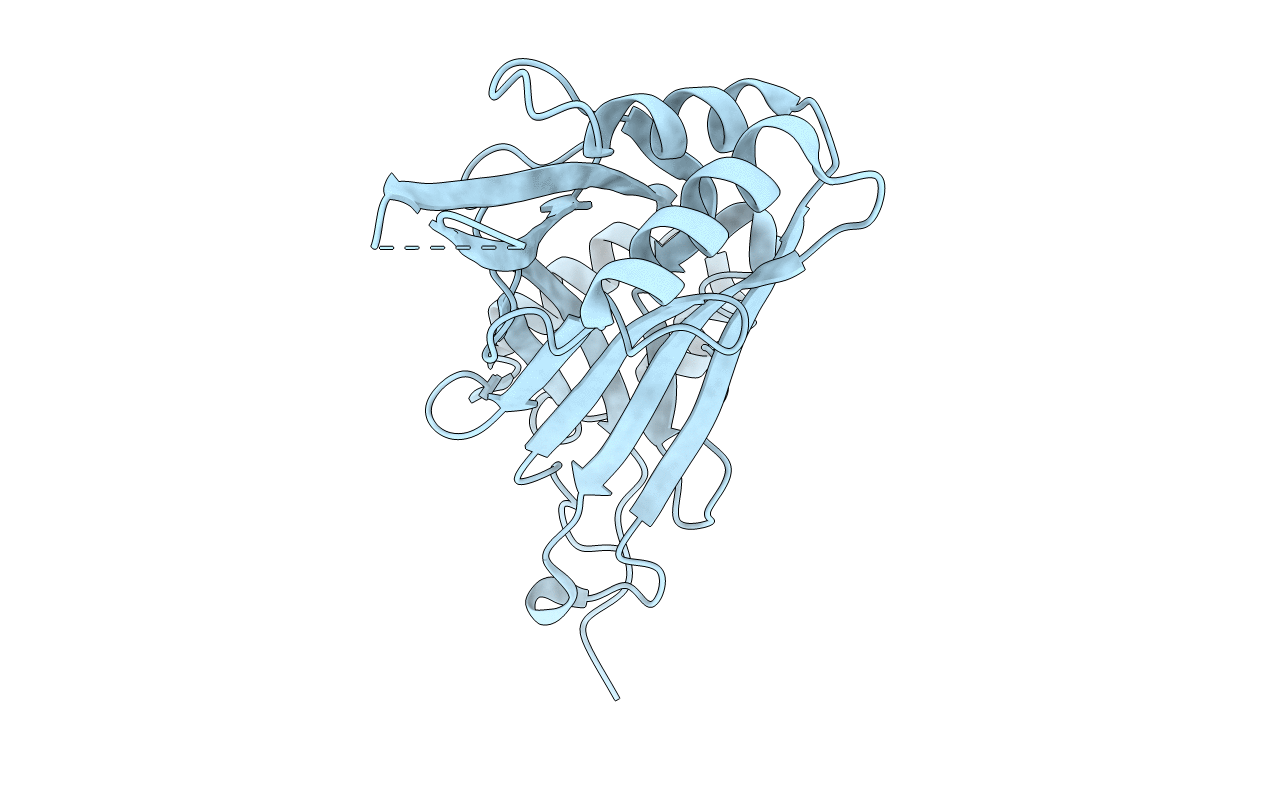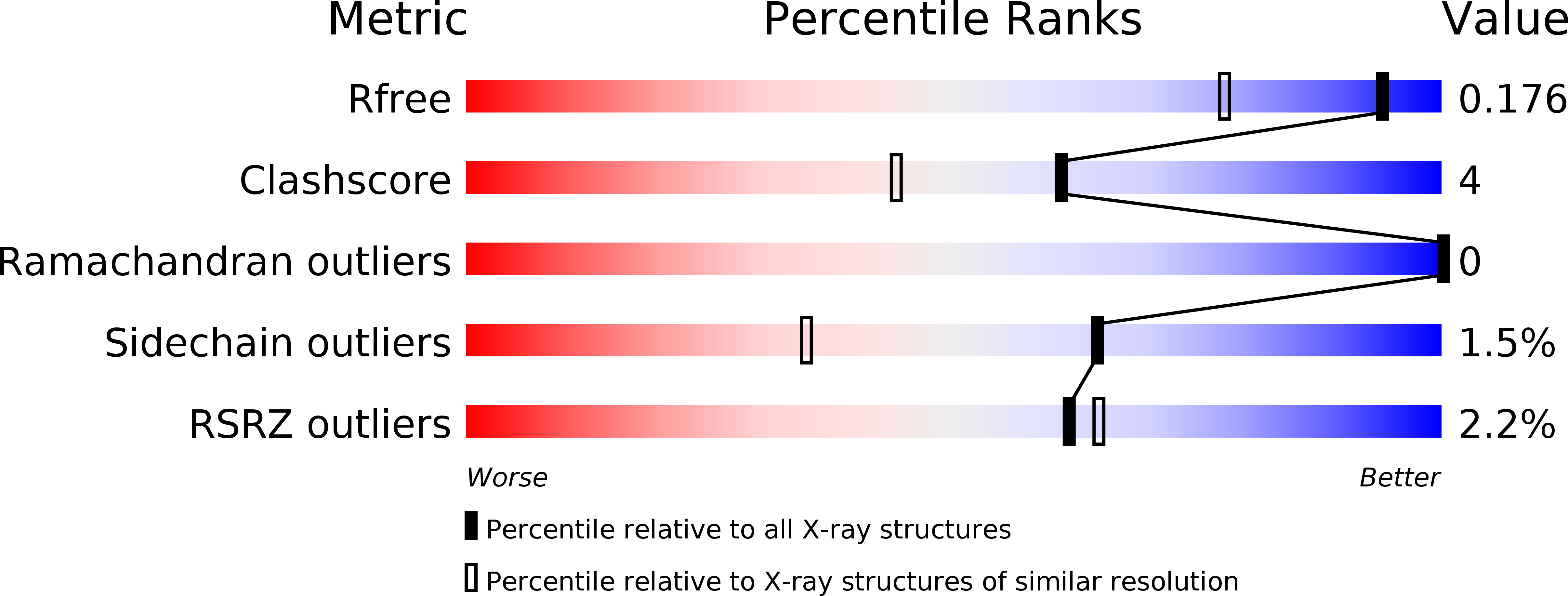
Deposition Date
2014-09-11
Release Date
2015-09-23
Last Version Date
2024-11-06
Method Details:
Experimental Method:
Resolution:
1.45 Å
R-Value Free:
0.17
R-Value Work:
0.15
R-Value Observed:
0.15
Space Group:
P 21 3


